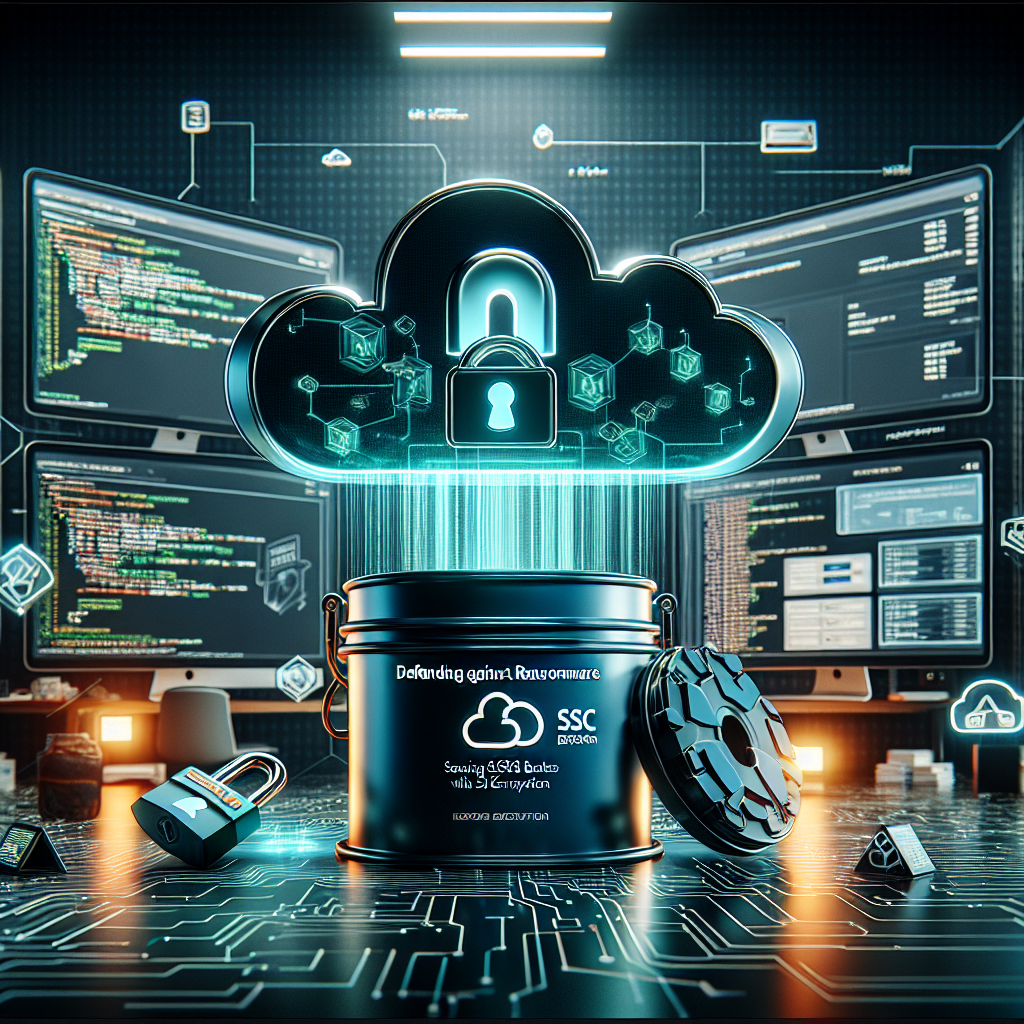
When it comes to safeguarding your Amazon S3 buckets from ransomware threats like the Codefinger campaign, staying ahead of potential vulnerabilities is key. The recent exploitation of Server-Side Encryption with Customer-Provided Keys (SSE-C) underscores the importance of implementing robust security measures to protect your data effectively.
Understanding the Threat
Codefinger’s modus operandi involves leveraging compromised AWS credentials to access Amazon S3 buckets and encrypting the stored data using SSE-C. Subsequently, the attackers demand ransom payments in exchange for the AES-256 keys necessary for decrypting the information. This sophisticated tactic highlights the evolving landscape of cyber threats targeting cloud storage systems.
Mitigating Risks with AWS Recommendations
AWS has taken proactive steps to assist users in fortifying their defenses against ransomware attacks on S3. By adhering to the following recommendations, you can enhance the security posture of your Amazon S3 buckets and minimize the risk of falling victim to malicious encryption attempts:
- Regularly Rotate Access Keys: Ensure that AWS access keys are rotated frequently to reduce the window of opportunity for attackers to misuse compromised credentials. By implementing a routine key rotation policy, you can limit the impact of unauthorized access attempts.
- Enforce Multi-Factor Authentication (MFA): Strengthen the authentication process for accessing AWS resources by enabling MFA. This additional layer of security helps prevent unauthorized access even in the event of compromised credentials, adding an extra barrier against ransomware attacks.
- Monitor Bucket Policies and Access Controls: Regularly review and audit the bucket policies and access controls configured for your S3 buckets. By maintaining a vigilant eye on these settings, you can detect any unauthorized changes that might expose your data to potential vulnerabilities.
- Implement Encryption at Rest and in Transit: Utilize encryption mechanisms such as SSE-S3 (Server-Side Encryption with Amazon S3 Managed Keys) to encrypt data at rest within your S3 buckets. Additionally, ensure that data transferred to and from your buckets is encrypted using secure protocols like SSL/TLS to safeguard against interception and tampering.
Enhancing Security Practices
In addition to the AWS recommendations, adopting a proactive approach to security can further bolster the protection of your Amazon S3 buckets against ransomware threats. Consider the following best practices to fortify your defenses:
– Regular Security Audits: Conduct regular security audits to identify and address any potential vulnerabilities within your AWS environment. By staying informed about emerging threats and implementing timely security patches, you can reduce the risk of exploitation by ransomware actors.
– Employee Training and Awareness: Invest in comprehensive training programs to educate your team about the importance of cybersecurity hygiene and best practices for securing AWS credentials. Promoting a culture of security awareness can help mitigate the human factor in ransomware attacks.
– Backup and Disaster Recovery Strategies: Implement robust backup and disaster recovery strategies to ensure that you can recover your data in the event of a ransomware incident. Regularly test your backup processes to validate their effectiveness and reliability.
By combining AWS’s recommendations with proactive security measures, you can significantly enhance the resilience of your Amazon S3 buckets against ransomware threats like Codefinger. Remember, staying vigilant and proactive in your defense strategies is crucial in safeguarding your data against evolving cyber threats.

